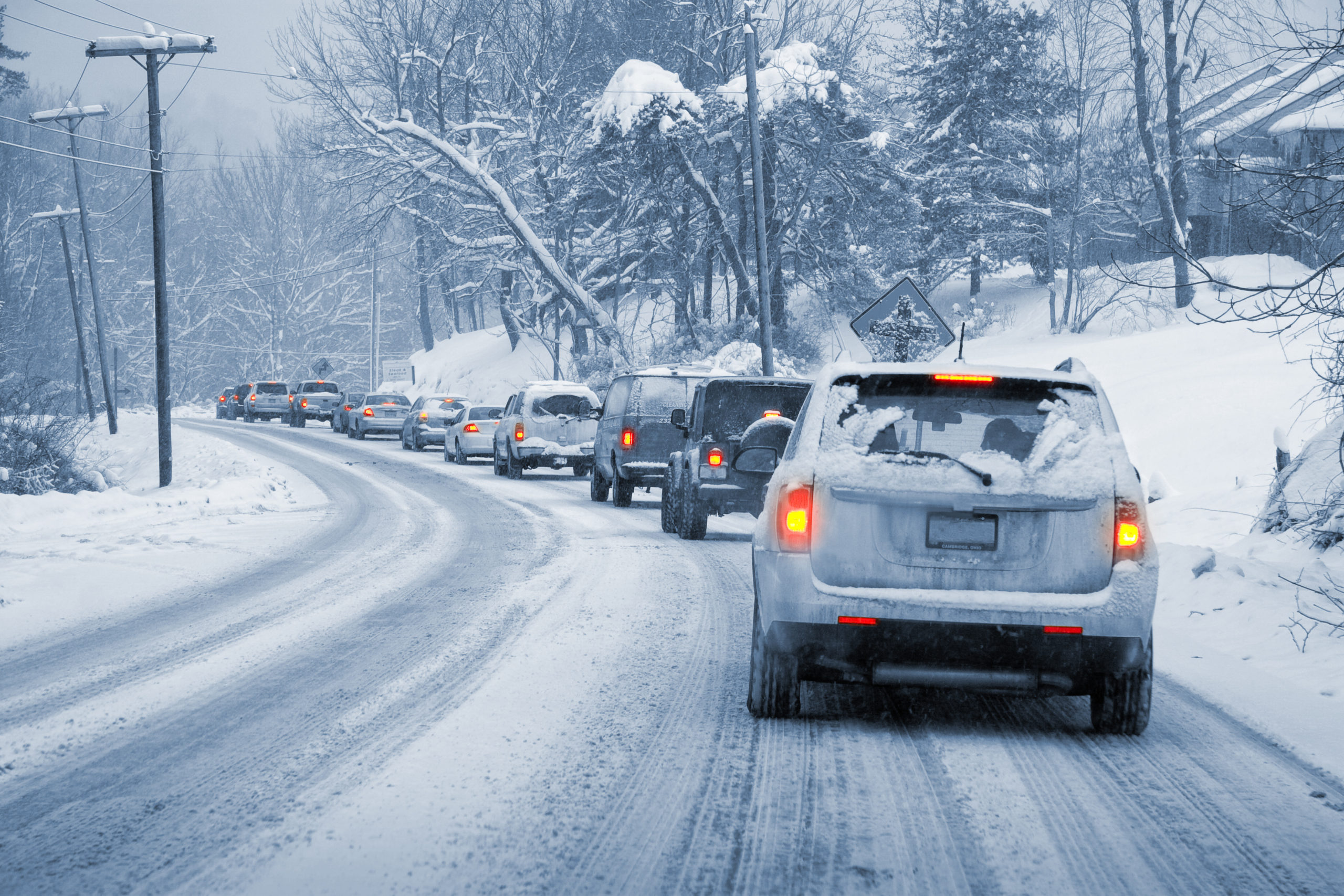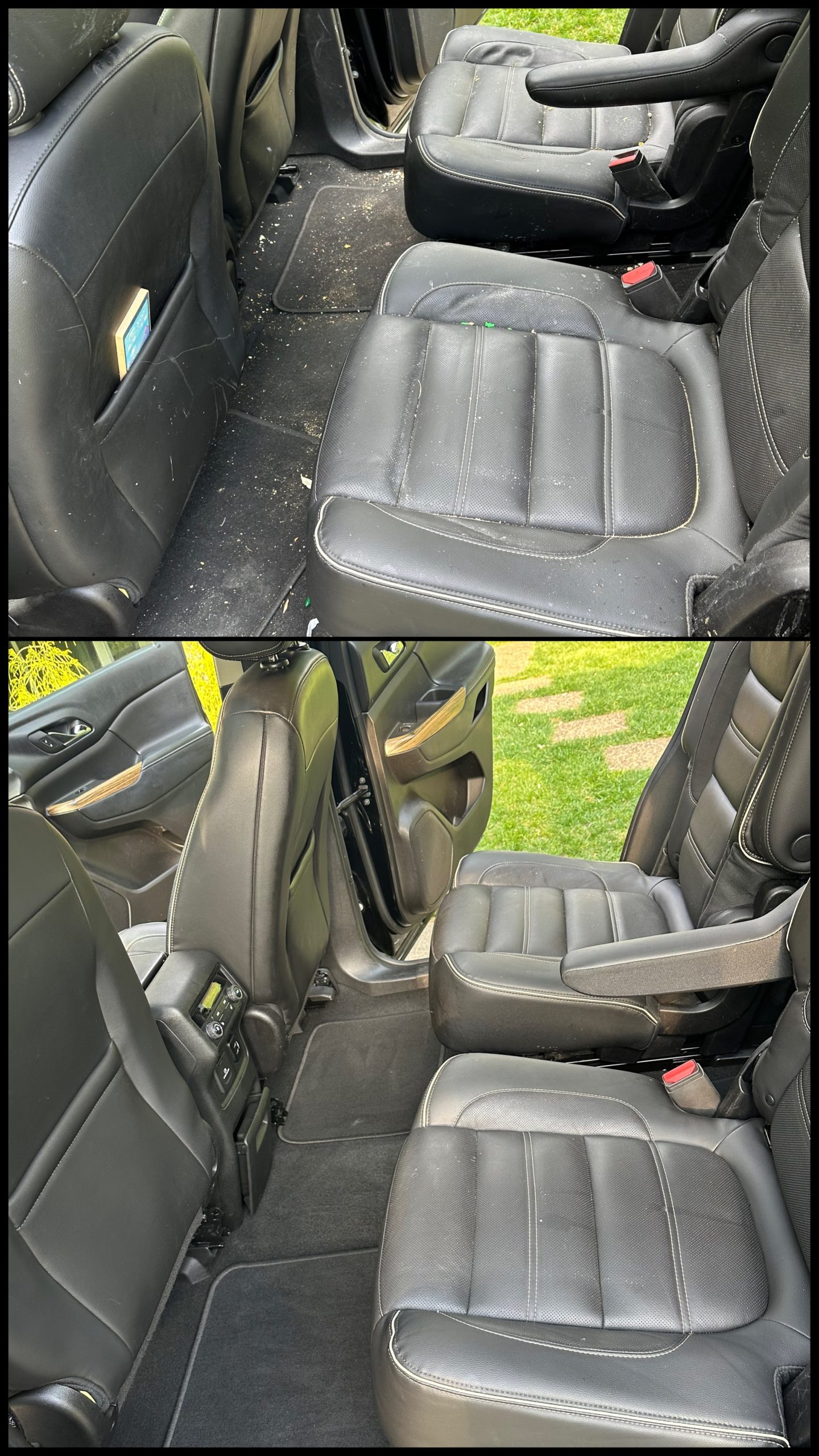Introduction:
Winter is undoubtedly a challenging time for car owners, as harsh weather conditions can take a toll on our vehicles. However, with proper winterization techniques, you can ensure that your car stays protected and looks its best throughout the season. One crucial aspect of winterizing your vehicle is detailing. In this blog post, we’ll explore the steps involved in detailing your car during the winter to safeguard its beauty and longevity.
1. Start with a Thorough Clean:
Before starting the winterization process, it’s essential to clean your vehicle thoroughly. Begin with a high-pressure rinse to remove any dirt, salt, and grime accumulated on the exterior. Use a gentle yet effective car wash soap to ensure a thorough cleansing. Pay particular attention to areas prone to rust and corrosion, such as the wheel wells and undercarriage.
2. Protect Your Paint:
Winter’s cold temperatures, icy roads, and corrosive road salt can be a nightmare for your car’s paint job. Applying a high-quality wax or sealant acts as a protective layer between your vehicle’s paint and the harsh elements. Choose a wax specifically formulated for cold temperatures to ensure maximum protection.
3. Clean and Condition Interior Surfaces:
Winter can be particularly harsh on your car’s interior, with salt-stained carpets, muddy footprints, and dry air taking their toll. Start by vacuuming the interior thoroughly, including the seats and floor mats. Use a carpet and upholstery cleaner to remove any stains caused by salt or mud. Once clean, apply a protective fabric or leather conditioner to prevent your interior from drying out or cracking due to winter’s low humidity levels.
4. Pay Attention to Windows and Windshield:
Clear visibility is crucial during winter, so ensuring your windows and windshield are clean is a must. Use an automotive glass cleaner to remove any streaks or residue from the windows. Consider applying a glass sealant to repel water, snow, and ice, allowing for safer driving and easier ice removal in the morning.
5. Protect Rubber and Plastic Surfaces:
Rubber seals and plastic trim are susceptible to drying out and cracking during winter. To prevent this, apply a rubber protectant or vinyl conditioner to these areas after cleaning. This not only enhances their appearance but also prevents premature aging and damage caused by cold temperatures.
6. Don’t Forget the Wheels and Tires:
Winter wheels and tires require extra attention, given the challenging driving conditions. Clean your wheels thoroughly using a specialized wheel cleaner to remove brake dust, salt, and grime. Apply a wheel sealant to inhibit corrosion and protect against road salt’s damaging effects. Ensure your tires are properly inflated and have sufficient tread depth to maximize traction and safety on slippery surfaces.
Conclusion:
Winter car detailing plays a crucial role in protecting your vehicle from the harsh elements while maintaining its aesthetic appeal. By following the steps outlined in this blog post, you can ensure that your car stays clean, protected, and performs optimally during the winter months. Investing a little time and effort into winterizing your vehicle will pay off in the long run, ensuring its longevity and saving you from costly repairs. Stay safe on the roads ahead!




